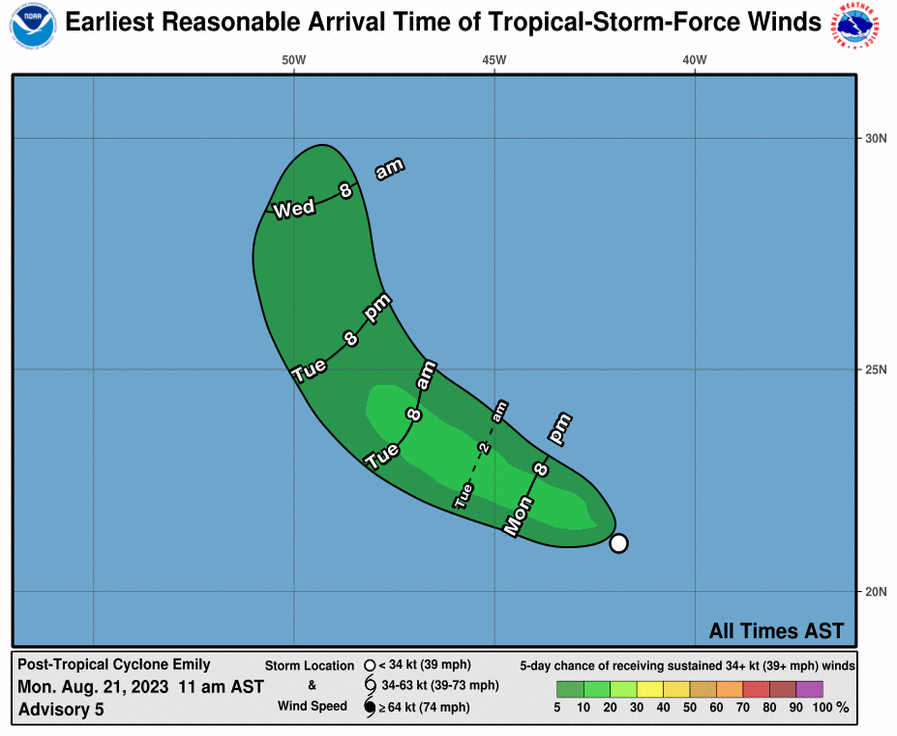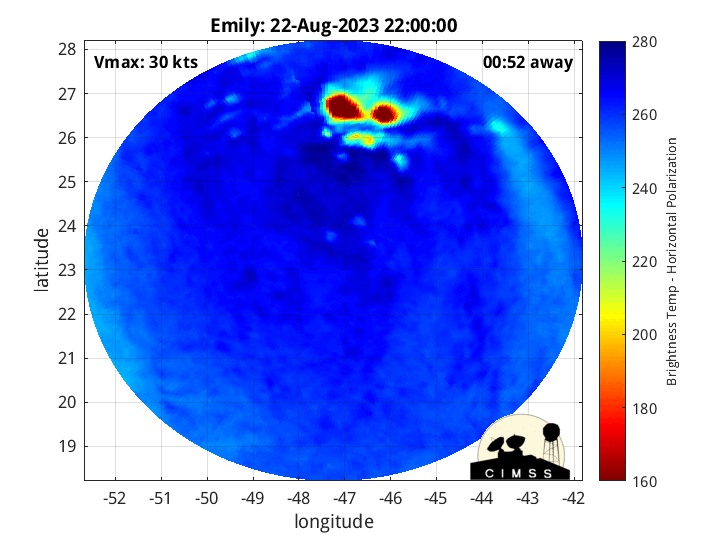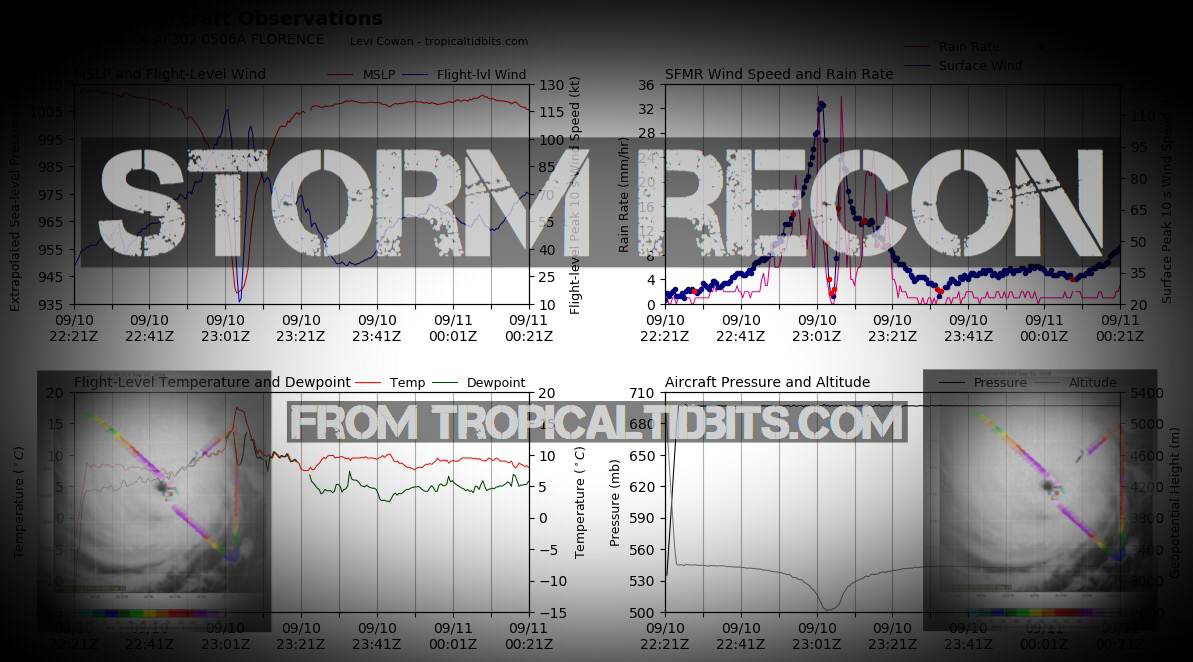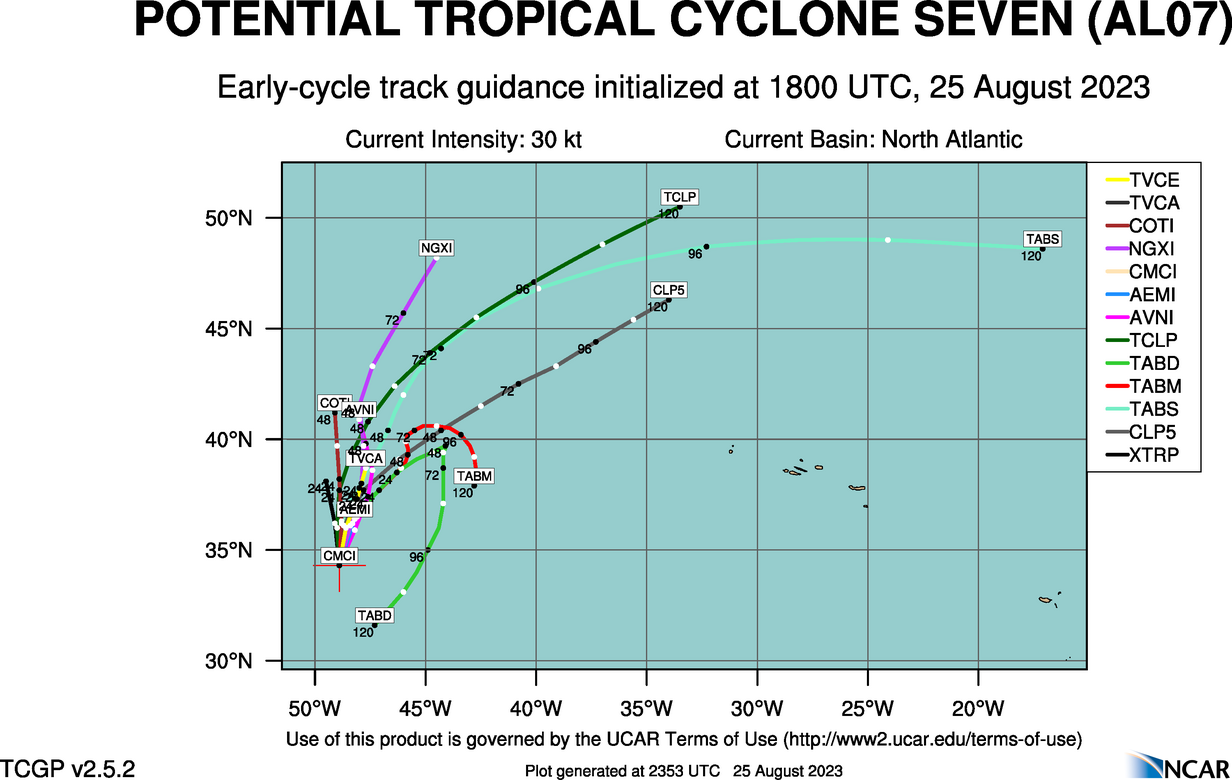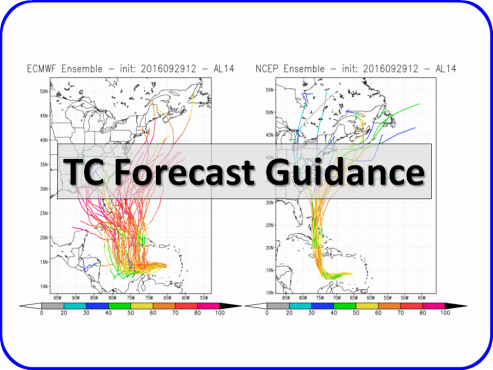0 Active Threats To Track
SUPPORT TRACK THE TROPICS
Over the last decade plus if you appreciate the information and tracking I provide during the season along with this website which donations help keep it running please consider a one time... recurring or yearly donation if you are able to help me out...
Venmo: @TrackTheTropicsLouisiana
Website: TrackTheTropics.com/DONATE
Venmo: @TrackTheTropicsLouisiana
Website: TrackTheTropics.com/DONATE
Track The Tropics is the #1 source to track the tropics 24/7! Since 2013 the main goal of the site is to bring all of the important links and graphics to ONE PLACE so you can keep up to date on any threats to land during the Atlantic Hurricane Season! Hurricane Season 2025 in the Atlantic starts on June 1st and ends on November 30th. Do you love Spaghetti Models? Well you've come to the right place!! Remember when you're preparing for a storm: Run from the water; hide from the wind!
Tropical Atlantic Weather Resources
- NOAA National Hurricane Center
- International Meteorology Database
- FSU Tropical Cyclone Track Probabilities
- Brian McNoldy Atlantic Headquarters
- Brian McNoldy Tropical Satellite Sectors
- Brian McNoldy Infrared Hovmoller
- Brian McNoldy Past TC Radar Loops
- Weather Nerds TC Guidance
- Twister Data Model Guidance
- NOAA Tropical Cyclone Tracks
- Albany GFS/ EURO Models/ Ensembles
- Albany Tropical Cyclone Guidance
- Albany Tropical Atlantic Model Maps
- Pivotal Weather Model Guidance
- Weather Online Model Guidance
- UKMet Model Guidance/ Analysis/ Sat
- ECMWF (EURO) Model Guidance
- FSU Tropical Model Outputs
- FSU Tropical Cyclone Genesis
- Penn State Tropical E-Wall
- NOAA HFIP Ruc Models
- Navy NRL TC Page
- College of DuPage Model Guidance
- WXCharts Model Guidance
- NOAA NHC Analysis Tools
- NOAA NHC ATCF Directory
- NOAA NCEP/EMC Cyclogenesis Tracking
- NOAA NCEP/EMC HWRF Model
- NOAA HFIP Model Products
- University of Miami Ocean Heat
- COLA Max Potential Hurricane Intensity
- Colorado State RAMMB TC Tracking
- Colorado State RAMMB Floaters
- Colorado State RAMMB GOES-16 Viewer
- NOAA NESDIS GOES Satellite
- ASCAT Ocean Surface Winds METOP-A
- ASCAT Ocean Surface Winds METOP-B
- Michael Ventrice Waves / MJO Maps
- TropicalAtlantic.com Analysis / Recon
- NCAR/RAL Tropical Cyclone Guidance
- CyclonicWX Tropical Resources
Tracking Emily – 2023 Atlantic Hurricane Season
NHC Important Links:
NHC Discussion / Public Advisory / Forecast Advisory / Wind Probs / Graphics / Storm Archive
Storm Tracking Important Links:
Wind Analysis /
Coastal Inundation Info /
Tide Information /
Surge Map /
Surge Potential /
Coastal Risk Map /
Microwave Imagery /
Advanced Dvorak ADT /
GOES16 Satellite Storm Page /
FSU Track Probability /
NOAA Tracker /
Albany Tracker /
Navy NRL Page /
HFIP Products /
Tropical Atlantic Storm Page /
NCAR Guidance Page /
CyclonicWX Tracker /
CIMSS Tracker / Tropical Tidbits Storm Page /UWM Tracker / SFWMD Models
Other Floater Sites:
TropicalTidbits - NRL Floaters - CyclonicWx - RAMMB Sat -
RAMMB Model Data -
RAMMB Wind Products
NHC Public Advisory on Emily
- Mon, 30 Jun 2025 08:31:16 +0000: Atlantic Remnants of Barry Advisory Number 7 - Atlantic Remnants of Barry Advisory Number 7
350
WTNT32 KNHC 300831
TCPAT2
BULLETIN
Remnants Of Barry Advisory Number 7
NWS National Hurricane Center Miami FL AL022025
400 AM CDT Mon Jun 30 2025
...BARRY DISSIPATES OVER EASTERN MEXICO...
...HEAVY RAIN STILL EXPECTED TO CONTINUE THROUGHOUT THE DAY...
SUMMARY OF 400 AM CDT...0900 UTC...INFORMATION
----------------------------------------------
LOCATION...23.0N 99.2W
ABOUT 100 MI...160 KM NW OF TAMPICO MEXICO
MAXIMUM SUSTAINED WINDS...30 MPH...45 KM/H
PRESENT MOVEMENT...NW OR 305 DEGREES AT 12 MPH...19 KM/H
MINIMUM CENTRAL PRESSURE...1008 MB...29.77 INCHES
WATCHES AND WARNINGS
--------------------
There are no coastal watches or warnings in effect.
DISCUSSION AND OUTLOOK
----------------------
At 400 AM CDT (0900 UTC), the remnants of Barry were located near
latitude 23.0 North, longitude 99.2 West. The remnants are moving
toward the northwest near 12 mph (19 km/h).
Maximum sustained winds are near 30 mph (45 km/h) with higher gusts.
The estimated minimum central pressure is 1008 mb (29.77 inches).
HAZARDS AFFECTING LAND
----------------------
RAINFALL: The remnants of Barry are expected to produce additional
rainfall totals of 3 to 5 inches, with isolated maximum totals of 8
inches, across portions of the Mexican states of San Luis Potosi and
Tamaulipas through today. This rainfall may produce life-threatening
flooding and mudslides, especially in areas of steep terrain.
For a complete depiction of forecast rainfall and flash flooding
associated with this system, please see the National
Weather Service Storm Total Rainfall Graphic, available at
hurricanes.gov/graphics_at2.shtml?rainqpf
NEXT ADVISORY
-------------
This is the last public advisory issued by the National Hurricane
Center on Barry.
$$
Forecaster Cangialosi
NHC Forecast Advisory on Emily
- Mon, 30 Jun 2025 08:30:46 +0000: Atlantic Remnants of Barry Forecast/Advisory Numbe... - Atlantic Remnants of Barry Forecast/Advisory Number 7
975
WTNT22 KNHC 300830
TCMAT2
REMNANTS OF BARRY FORECAST/ADVISORY NUMBER 7
NWS NATIONAL HURRICANE CENTER MIAMI FL AL022025
0900 UTC MON JUN 30 2025
REMNANTS OF CENTER LOCATED NEAR 23.0N 99.2W AT 30/0900Z
POSITION ACCURATE WITHIN 25 NM
PRESENT MOVEMENT TOWARD THE NORTHWEST OR 305 DEGREES AT 10 KT
ESTIMATED MINIMUM CENTRAL PRESSURE 1008 MB
MAX SUSTAINED WINDS 25 KT WITH GUSTS TO 35 KT.
WINDS AND SEAS VARY GREATLY IN EACH QUADRANT. RADII IN NAUTICAL
MILES ARE THE LARGEST RADII EXPECTED ANYWHERE IN THAT QUADRANT.
REPEAT...CENTER LOCATED NEAR 23.0N 99.2W AT 30/0900Z
AT 30/0600Z CENTER WAS LOCATED NEAR 22.4N 98.7W
FORECAST VALID 30/1800Z...DISSIPATED
REQUEST FOR 3 HOURLY SHIP REPORTS WITHIN 300 MILES OF 23.0N 99.2W
THIS IS THE LAST FORECAST/ADVISORY ISSUED BY THE NATIONAL HURRICANE
CENTER ON THIS SYSTEM
$$
FORECASTER CANGIALOSI
NHC Discussion on Emily
- Mon, 30 Jun 2025 08:31:49 +0000: Atlantic Remnants of Barry Discussion Number 7 - Atlantic Remnants of Barry Discussion Number 7
000
WTNT42 KNHC 300831
TCDAT2
Remnants Of Barry Discussion Number 7
NWS National Hurricane Center Miami FL AL022025
400 AM CDT Mon Jun 30 2025
Barry made landfall around 0100 UTC just south of Tampico, Mexico.
The intensity at landfall is uncertain, but it was likely around 30
or 35 kt when the center reached the coast. Since moving inland,
satellite images and surface observations indicate that the
low-level circulation has dissipated over the rugged terrain of
eastern Mexico. Therefore, Barry is no longer a tropical cyclone and
this is the last NHC advisory.
Although the associated deep convection has decreased, there are
still some small clusters of heavy rain. In fact, radar images show
a mesoscale convective vortex over eastern Mexico associated with
Barry's remaining mid-level circulation. The remnants of Barry will
likely continue to produce heavy rainfall over portions of
northeastern Mexico throughout the day, potentially causing flooding
and mudslides.
FORECAST POSITIONS AND MAX WINDS
INIT 30/0900Z 23.0N 99.2W 25 KT 30 MPH...INLAND
12H 30/1800Z...DISSIPATED
$$
Forecaster Cangialosi


 DONATE
DONATE


